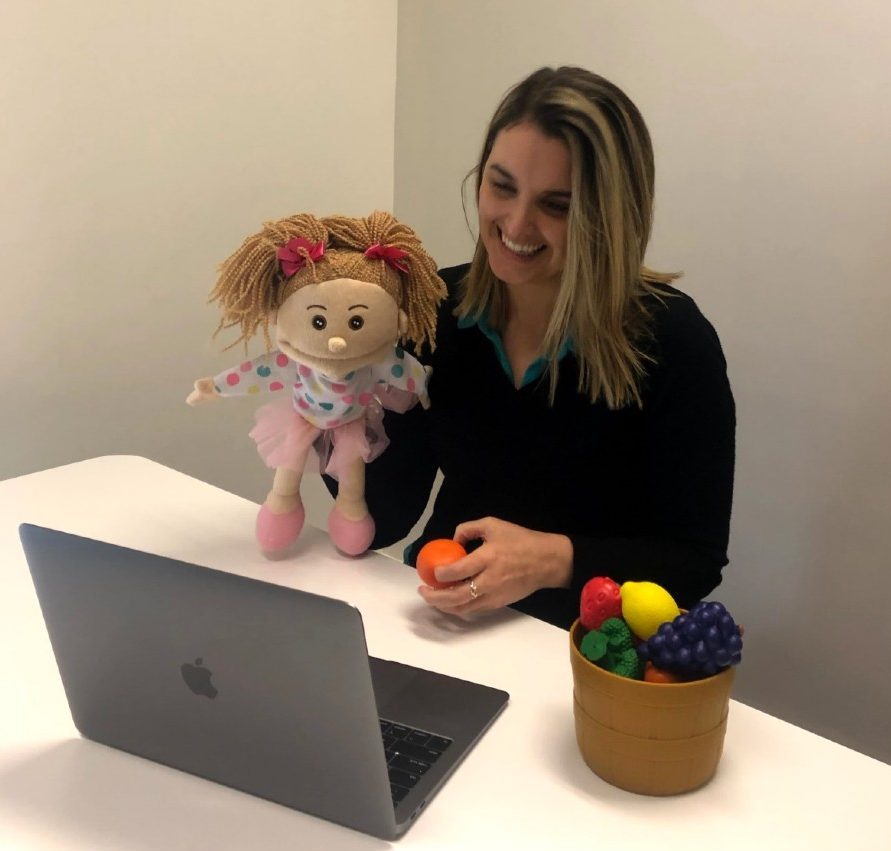Words: Lauren Jones, Senior Speech Language Pathologist, Spot Paediatrics
It’s likely that most of us have heard the term “teletherapy” much more in recent months, and while teletherapy or telehealth is not new in the therapy space, this is the first time we have seen these services used on such a wide scale.
For those of us in the paediatric allied health sector, teletherapy has not only changed the therapy realm but it has also allowed us to continue to support our clients in this upside-down world. But for many the question still remains: what is teletherapy and what does it actually look like?
What is teletherapy?
Teletherapy is therapy that is delivered via video conference – something we’ve all become quite familiar with!
While professionals may use different programs to deliver the service (e.g. Zoom, Microsoft Teams, Skype) it all looks relatively similar.
Teletherapy sessions are also essentially the same as when clients are face to face in the clinic – we target our goals, complete activities, have conversations, and even still manage to have a lot of fun!
The effectiveness of teletherapy is also well documented, and studies have shown that children continue to show improved outcomes. It’s also supported by Speech Pathology Australia, Occupational Therapy Australia, and the Allied Health Practitioner Regulation Agency.

So how easy is it for families to actually get started with Teletherapy?
Well, if you have a device with microphone and webcam, and an internet connection you’ll be up and running within minutes!
While computers and tablets seem to work best, many have even managed successful sessions via smartphone.
Once the device is set up, children just need a quiet environment, or limited distractions, and support from an adult to ensure everything runs smoothly.
What have many of us learned from Teletherapy?
Our kiddos are amazing and resilient!
Despite the reservations that professionals and parents alike have felt, there are an abundance of telehealth success stories with children of diverse ages and needs. What’s more, while many clinicians may have felt like fish out of water as we navigated new resources and technical glitches, it’s been exciting for therapists to upskill, learn new techniques, and connect more readily with other professionals. We have also been inspired by observing our children in their own environments and that we continue to see parents unwavering in their commitment to therapy, even in these crazy times.
While we don’t know what the next few months has in store for us, the world of telehealth is here to stay!
Why not give it a try?






